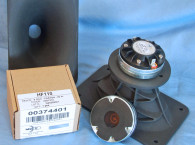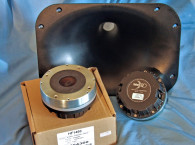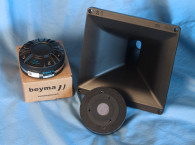In this characterization, I examined Faital Pro’s HF108/HF108R compression drivers coupled with Faital Pro’s LTH102 60° × 50° horn (see Photo 1). The HF108/HF108R are the latest in Faital Pro’s series of Keytone Polymer diaphragm 1” compression drivers, which includes the HF100, the HF102, the HF103, the HF104, the HF105 (reviewed in Voice Coil December 2012), the HF106 (reviewed in Voice Coil July 2013), and the HF107 (reviewed in Voice Coil July 2013).
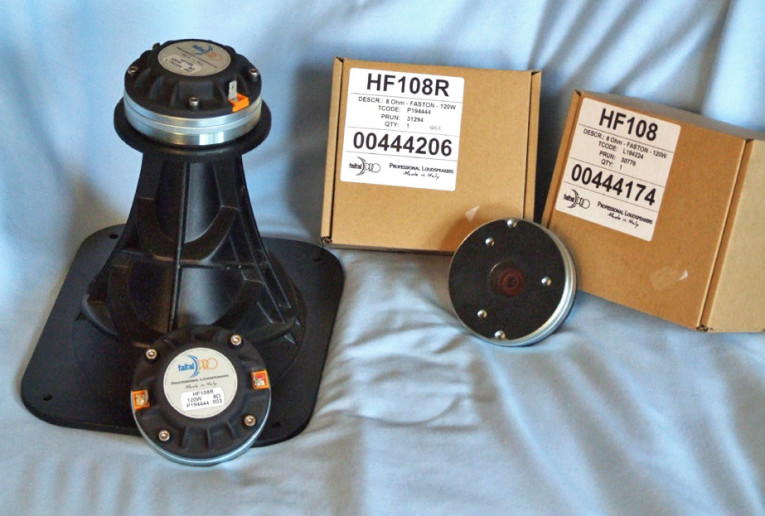
Features for the HF108 include a Ketone polymer annular-shaped diaphragm and an annular-shaped phase plug. The throat diameter is 25.4 mm (1”) and is coupled to a 44-mm (1.73”) diameter voice coil wound on a Kapton former with aluminum wire. Other features include a cast-aluminum body, 60 W AES-rated power handling (120 W maximum), a neodymium ring magnet motor, and solderable terminals. Offered as a variant, the HF108R has a higher resonance and slightly diminished SPL above 8 kHz. The horn supplied with the HF108 driver is Faital Pro’s cast-aluminum 1” throat 60°H × 50°V elliptical tractrix flare LTH102.
I began the series of tests on the HF108/HF108R using the LinearX LMS analyzer to produce the 200-point stepped sine wave impedance plot shown in Figure 26. The solid black curve resulted from the HF108 mounted on the LTH102 horn. The dashed blue curve represents the compression driver without the horn. With a 5.87-Ω DCR, the minimum impedance of the HF108/LTH102 combination was 6.83 Ω and at 6.13 kHz. For the HF108R version, the lower resonance impedance can be seen in Figure 27. The HF108R’s DCR was 5.59 Ω, with a minimum impedance the HF108R/LTH102 was 6.56 Ω at 6.13 kHz.
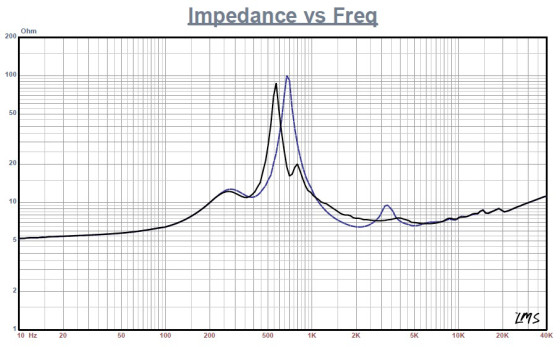

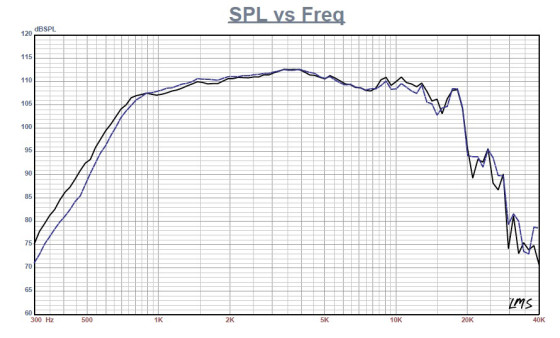
For the next group of frequency response tests, I recess mounted the Faital Pro HF108/LTH102 without an enclosure in free air. Then, I measured both the horizontal and vertical on- and off-axis at 2.83 V/1 m using a 100-point gated sine wave sweep. Figure 28 displays the on-axis of the compression driver/horn combination for both the HF108 and HF108R. There isn’t a lot of difference, but enough to make the HF108R an alternative for certain applications. Both devices are approximately ±3 dB from their minimum recommended crossover frequency of 1.3 to 15 kHz.
Since the variation between the two compression drivers is not so great, the rest of the SPL curves are for the HF108/LTH102 only. With the LTH102 horn’s coverage pattern being 60°H × 50°V, you wouldn’t expect much of a difference in the horizontal and vertical off-axis plots, which is indeed true. Figure 29 shows the horizontal orientation. Figure 30 shows the vertical orientation. Plots with the off-axis normalized to the on-axis response are shown in Figure 31 for Figure 29, and in Figure 32 for Figure 30. Figure 33 gives the HF108/LTH102’s two sample SPL comparison, showing both samples to be as closely matched.
Next, I used the Listen AmpConnect ISC analyzer and 0.25” SCM microphone to measure distortion and generate time-frequency plots. For the distortion measurement, the HF108/LTH102 combination was mounted in free-air sans baffle as used for the frequency response measurements. I set the SPL to 104 dB at 1 m (1.49 V) using a pink noise stimulus and measured the distortion with the Listen microphone placed 10 cm from the mouth of the horn. This produced the distortion curves shown in Figure 34. I then used SoundCheck to get a 2.83 V/1 m impulse response and imported the data into Listen’s SoundMap Time/Frequency software. Figure 35 shows the resulting CSD waterfall plot. Figure 36 shows the STFT plot.
The HF108/HR108R are solid performers with the usual high build quality that Faital Pro delivers. For more information, visit www.faitalpro.com. In the US, contact Keith Gronsbell, 220 West Parkway, Unit 13 Pompton Plains, NJ, 07444, (516) 779-0649, Fax (973) 835-5055, or by email.
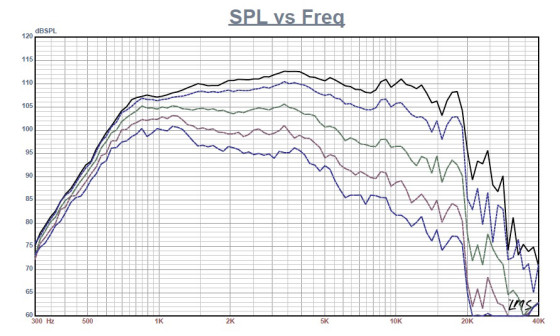
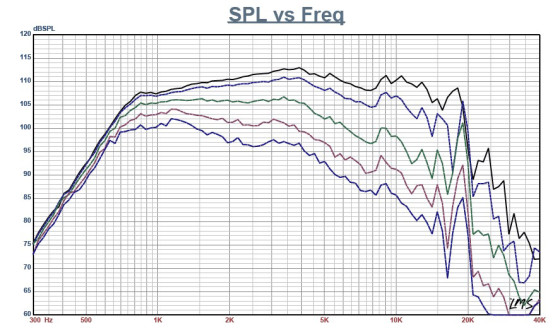
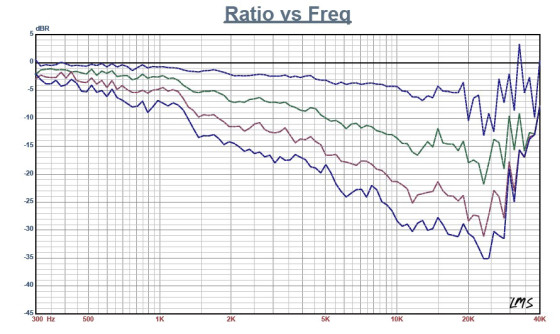
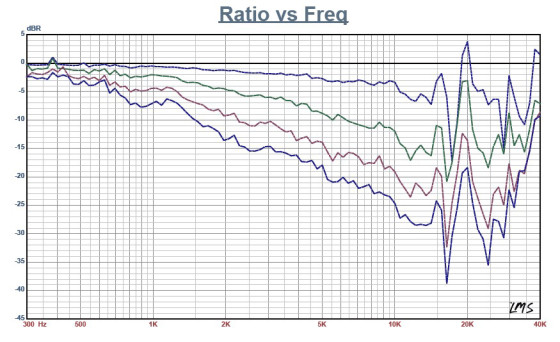

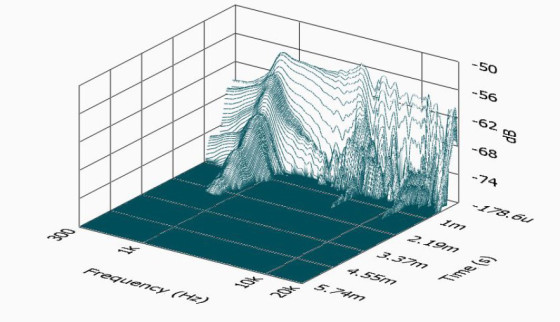


This article was originally published in Voice Coil, April 2015




